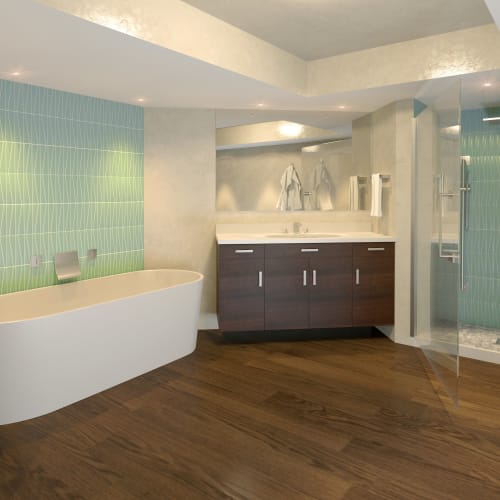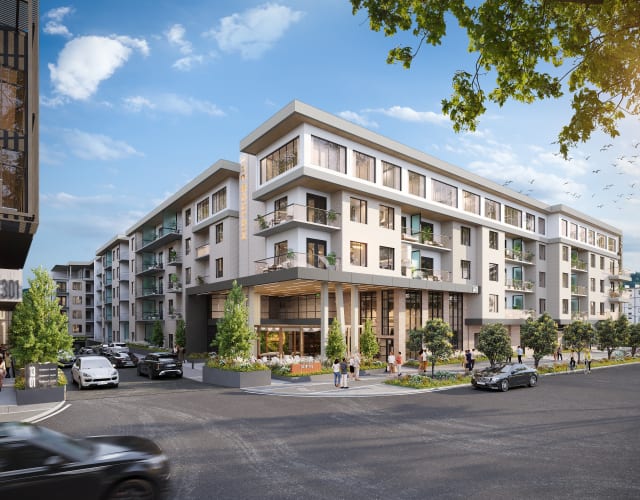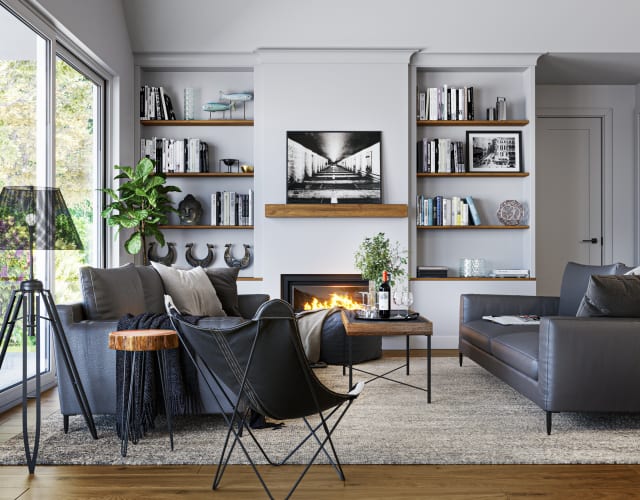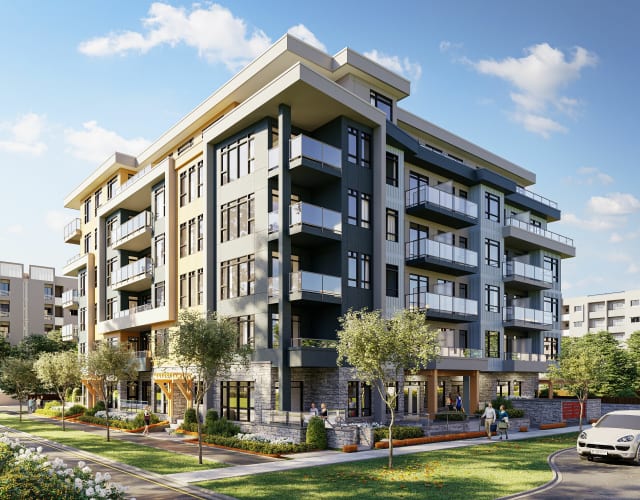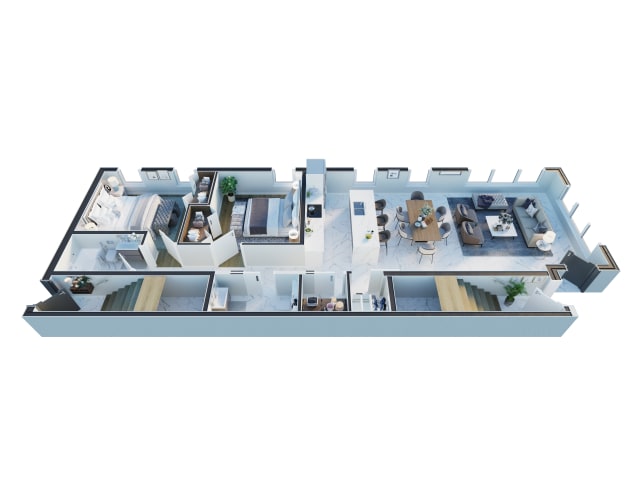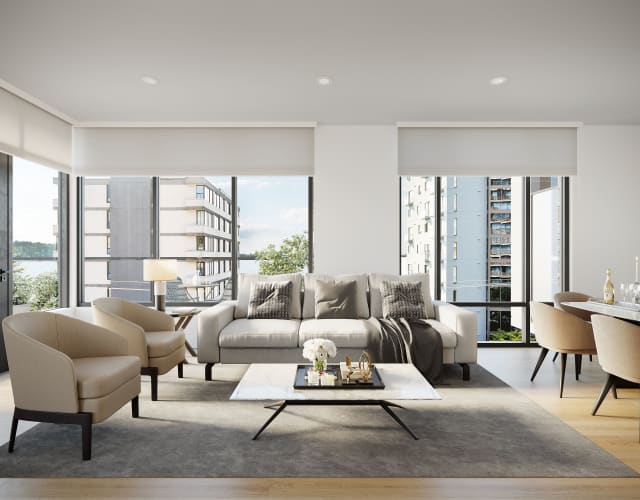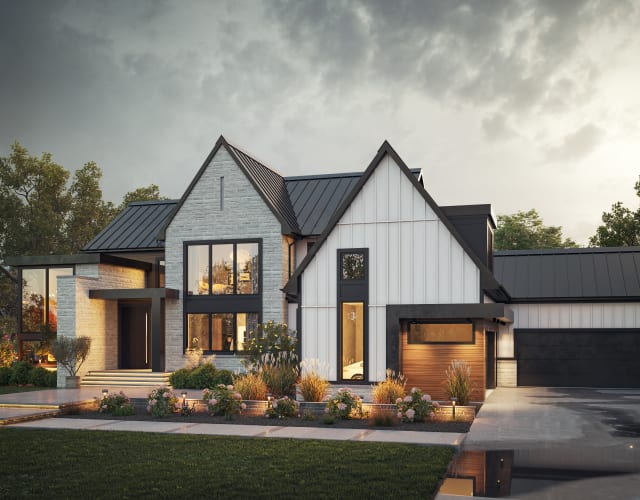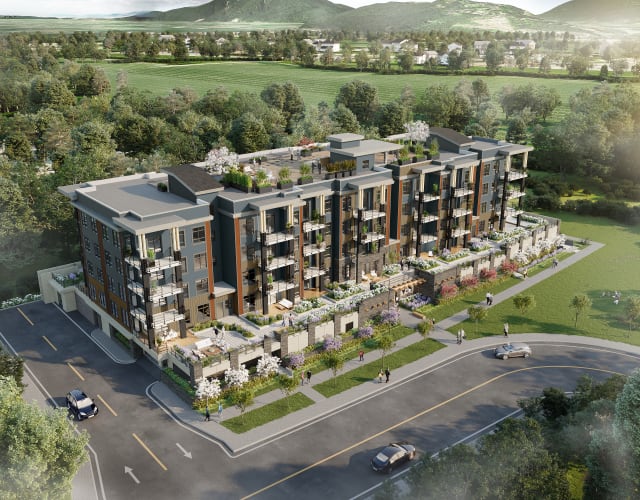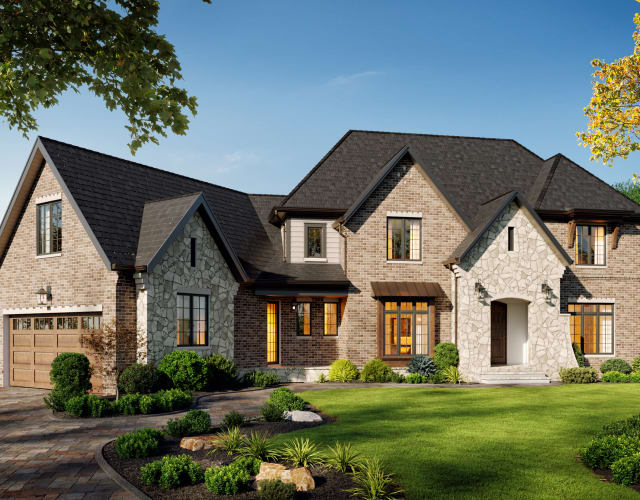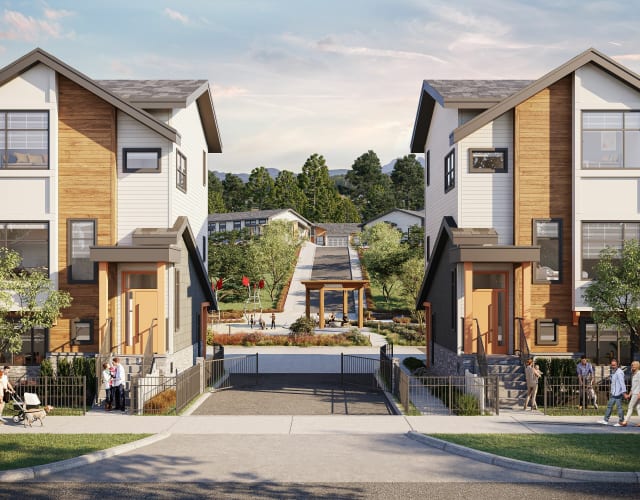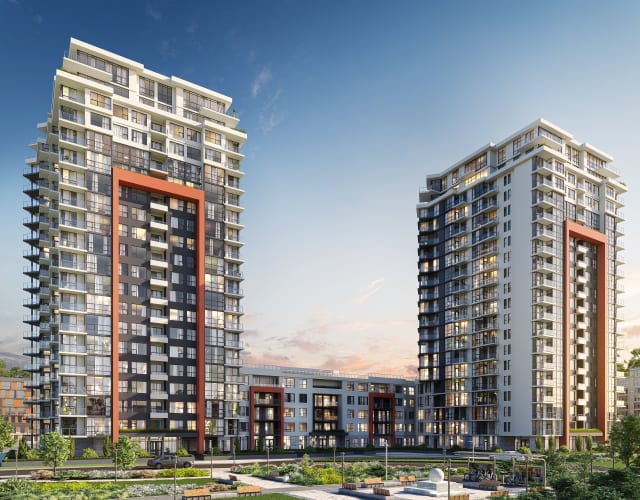Maximizing Space and Function: 7 Home Design Tricks for Modern Living
by RealSpace
The Importance of Space Optimization
Many people need more living spaces with housing prices or supply issues worldwide. Urbanization has led to smaller homes and apartments, making creating a comfortable and functional environment challenging. However, the size of your home can be independent of its functionality or aesthetic appeal. By cleverly optimizing the available space, you can enhance your home's utility and comfort.

Maximizing space isn't just about cramming as much as possible into a room; it's about thoughtful design and strategic planning. When done correctly, space optimization can transform even the most cramped quarters into a spacious haven that meets all your needs. From increasing storage to improving the flow of your home, optimizing space enhances your overall quality of life.
This article will explore seven innovative design tricks to help you make the most of your home's space without sacrificing style or comfort. These strategies range from incorporating multi-functional furniture to embracing minimalist principles. Whether living in a studio apartment or a cozy family home, these tips are adaptable to various spaces and styles. Let's delve into these ideas and discover how to transform your living space into a more functional and enjoyable environment.
Trick 1: Utilize Multi-Functional Furniture
Multi-functional furniture is the cornerstone of space optimization. It is designed to serve more than one purpose, effectively reducing the need for multiple items and freeing up valuable floor space. Integrating furniture that can adapt to different needs creates a versatile living area that can change with your requirements.
For instance, a coffee table that doubles as a storage unit or a bed that folds into the wall can significantly enhance a room's functionality. The key is identifying pieces that offer flexibility without compromising comfort or style.
Examples and Ideas
- Sofa Beds and Futons: Perfect for homes without a guest room, sofa beds and futons provide comfortable seating daily and transform into beds by night. They're ideal for accommodating overnight guests without needing extra space.
- Extendable Dining Tables: These tables can be compact for everyday use but expand when guests are over. They are instrumental in smaller dining areas or open-plan living spaces.
- Ottomans and Benches with Built-In Storage: Seating options that double as storage units are invaluable. They provide a place to sit while offering hidden compartments for storing items like blankets, magazines, or toys.
Tips for Selection
When choosing multi-functional furniture:
- Fit Your Style and Space Needs: Ensure the furniture matches your home's aesthetic and fits comfortably within the space.
- Quality and Ease of Transformation: Opt for well-constructed pieces that are easily converted from one function to another. Test mechanisms like fold-out beds or extendable tables to ensure they operate smoothly.
Trick 2: Optimize Vertical Space
Making Use of Wall Height
Often, we focus on floor space and overlook the potential that vertical space holds. Utilizing the full height of your rooms can dramatically increase storage and open up living areas. Thinking vertically can also declutter surfaces and floors, making rooms feel more spacious.
Vertical Storage Ideas
- Floor-to-Ceiling Shelving Units: These provide ample storage without occupying much floor space. They're perfect for books, decorative items, and even pantry goods.
- Wall-Mounted Cabinets and Hooks: Especially useful in kitchens and bathrooms, wall-mounted solutions keep essentials within reach while freeing countertops.
- Loft Areas for Sleeping or Storage: If your ceiling height allows, consider creating a loft space. This could be an extra sleeping area or storage space, maximizing every inch of your home.
Design Considerations
When optimizing vertical space:
- Accessibility and Aesthetics: Balance the placement of items so that frequently used things are within easy reach. In contrast, seldom-used items can be stored higher up.
- Safety in High Storage Areas: To prevent accidents, secure shelves and units properly to the wall and consider the weight they will bear.
Trick 3: Open Up with Mirrors and Light Colors
Illusion of Space with Mirrors
Mirrors are a designer's secret weapon in making spaces appear larger. They reflect light and create the illusion of depth, which can significantly enhance a room's perceived size.
Strategic Placement of Mirrors
- Opposite Windows: Placing mirrors opposite windows maximizes natural light reflection, brightening the room.
- On Closet Doors: This saves space and provides functionality, especially in bedrooms.
- Groupings of Smaller Mirrors: Artistic arrangements can serve as wall decor while expanding the visual space.
Impact of Light Colours
Light colours reflect light, making rooms feel airy and spacious. Dark colours, while cozy, can make a room feel smaller.
Recommended Color Palettes
- Whites and Off-Whites: Timeless and versatile, they are a perfect backdrop for any decor.
- Pastels: Soft blues, greens, and pinks add a touch of colour without overwhelming the space.
- Neutral Tones: Light grays and beiges can add warmth while maintaining brightness.
Combining Mirrors and Colors
Integrate both elements by:
- Mirrored Furniture: Pieces like mirrored coffee tables or dressers can reflect light throughout the room.
- Accenting Light Walls with Mirrors: This doubles the effect of light colours, enhancing the spacious feel.
Trick 4: Choose or Create Open Floor Plans.
Benefits of Open Layouts
Open floor plans remove barriers, both literally and visually, creating a sense of spaciousness. They improve the flow between areas, making homes feel larger and more connected.
Implementing an Open Floor Plan
- Identify Non-Load-Bearing Walls: These walls can be removed without compromising structural integrity. Always consult a professional before demolition.
- Use Area Rugs and Furniture: Define spaces like the living room or dining area without physical barriers.
- Half-Walls or Room Dividers: If complete openness isn't desired, consider partial walls or open shelving units to separate areas subtly.
Considerations
- Professional Consultation: Structural changes require expert advice to ensure safety.
- Balance Openness with Privacy: Consider your lifestyle and whether completely open spaces suit your needs. Private areas like home offices or bedrooms should remain enclosed.
Trick 5: Incorporate Built-In Storage Solutions
Advantages of Built-In Storage
Built-in storage maximizes every nook and cranny, providing tailored solutions that standard furniture can't offer. They blend seamlessly with your home's architecture, maintaining a cohesive look.
Creative Built-In Ideas
- Under-Stair Storage Compartments: Turn the space under the stairs into drawers, cabinets, or even a tiny office.
- Built-In Bookshelves: Frame doorways or windows with shelves, adding storage and architectural interest.
- Custom Closet Systems: Design closets that utilize every inch, including vertical space, for optimized storage.
Design Tips
- Match Materials and Finishes: For a unified look, use the same wood, paint, or hardware as existing elements in your home.
- Plan for Future Needs: Consider adjustable shelving or modular components that can adapt over time.
Trick 6: Use Sliding and Pocket Doors
Space Saved by Alternative Doors
Traditional swing doors require clear open and close space, which can hinder tight areas. Sliding and pocket doors eliminate this issue, providing a sleek, space-saving alternative.
Installation Suggestions
- Ideal Areas: Use sliding doors for closets, bathrooms, or between living spaces where every inch counts.
- Retrofitting Existing Doorways: You can sometimes replace standard doors with sliding ones without significant renovations.
Style Options
- Barn Doors: Add a rustic or industrial touch with exposed hardware.
- Glass Panels: Frosted or clear glass doors allow light to pass through, maintaining brightness while providing separation.
- Flush Pocket Doors: These doors disappear into the wall when open, offering a clean and modern look.
Trick 7: Declutter and Embrace Minimalism
The Power of Decluttering
Clutter can make even large spaces feel cramped. Reducing the number of items in your home frees up space and creates a more relaxing environment. A clutter-free home is easier to clean and maintain, contributing to overall well-being.
Steps to Declutter
- Assess Your Belongings: Go through each room and identify items you no longer need or use.
- Sort into Keep, Donate, and Discard Piles: Be honest about your needs.
- Implement Storage Solutions: For items you keep, ensure they have designated places.
- Regular Decluttering Routines: Schedule periodic reviews to prevent clutter from accumulating again.
Adopting Minimalism
- Focus on Functionality: Keep items that serve a purpose and contribute to your daily life.
- Quality Over Quantity: Invest in well-made pieces that last longer and often perform better.
- Simple Decor: Choose decorations that add to the aesthetic without overwhelming the space.
Conclusion
Maximizing space and function in your home is achievable through thoughtful design and strategic choices. You can transform your living space by utilizing multi-functional furniture, optimizing vertical space, using mirrors and light colours, creating open floor plans, incorporating built-in storage, choosing sliding doors, and embracing minimalism.
Assess your home and identify areas where these tricks can be applied. Start small—perhaps with decluttering or adding a mirror—and gradually implement more strategies as you see the benefits.
Remember, even minor changes can substantially improve your home's looks and feels. Maximizing space isn't just about aesthetics; it's about creating an environment that supports your lifestyle and well-being. So take the first step towards a more spacious and functional home today, and don't hesitate to share your tips and experiences with others embarking on the same journey.


